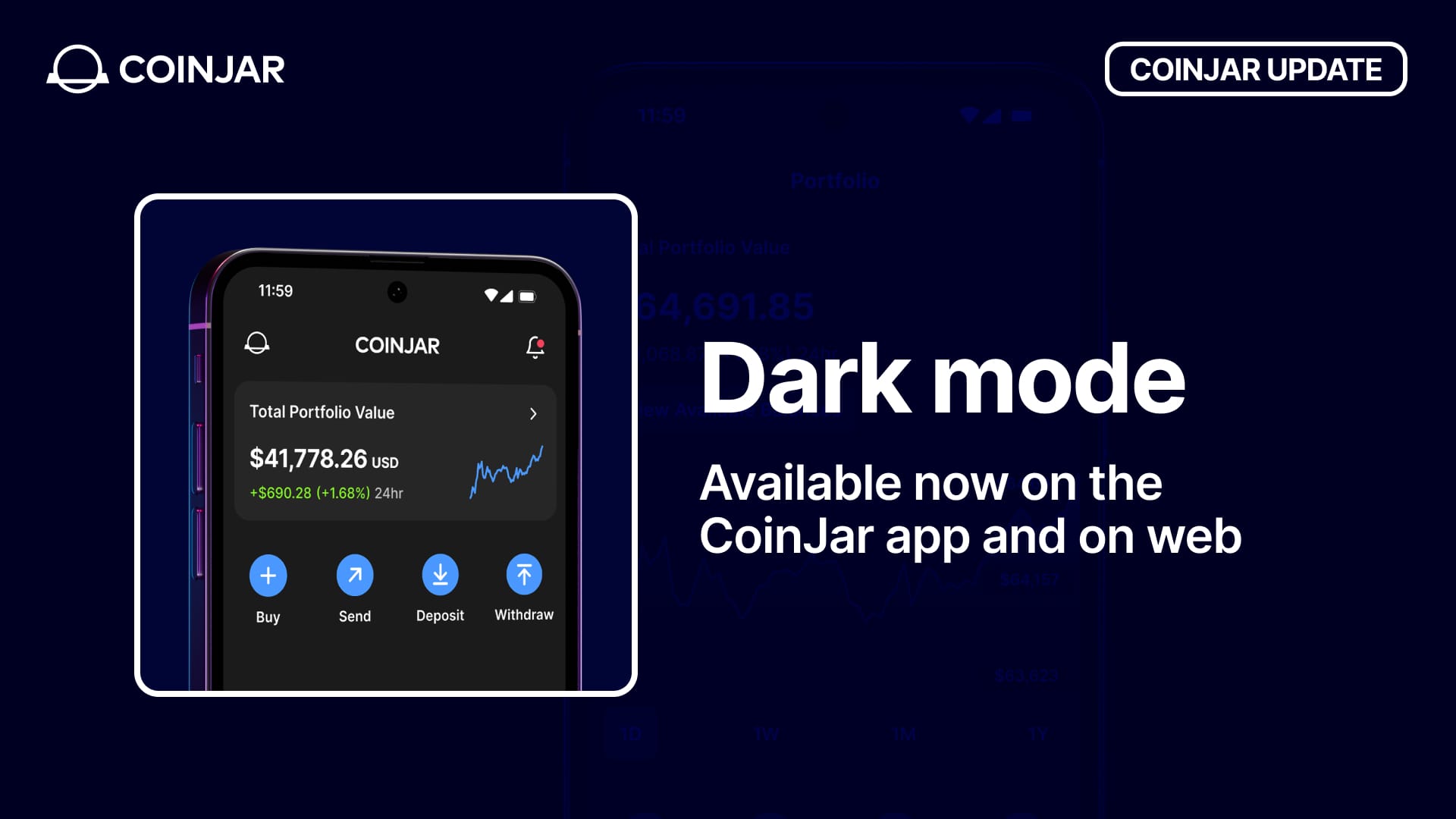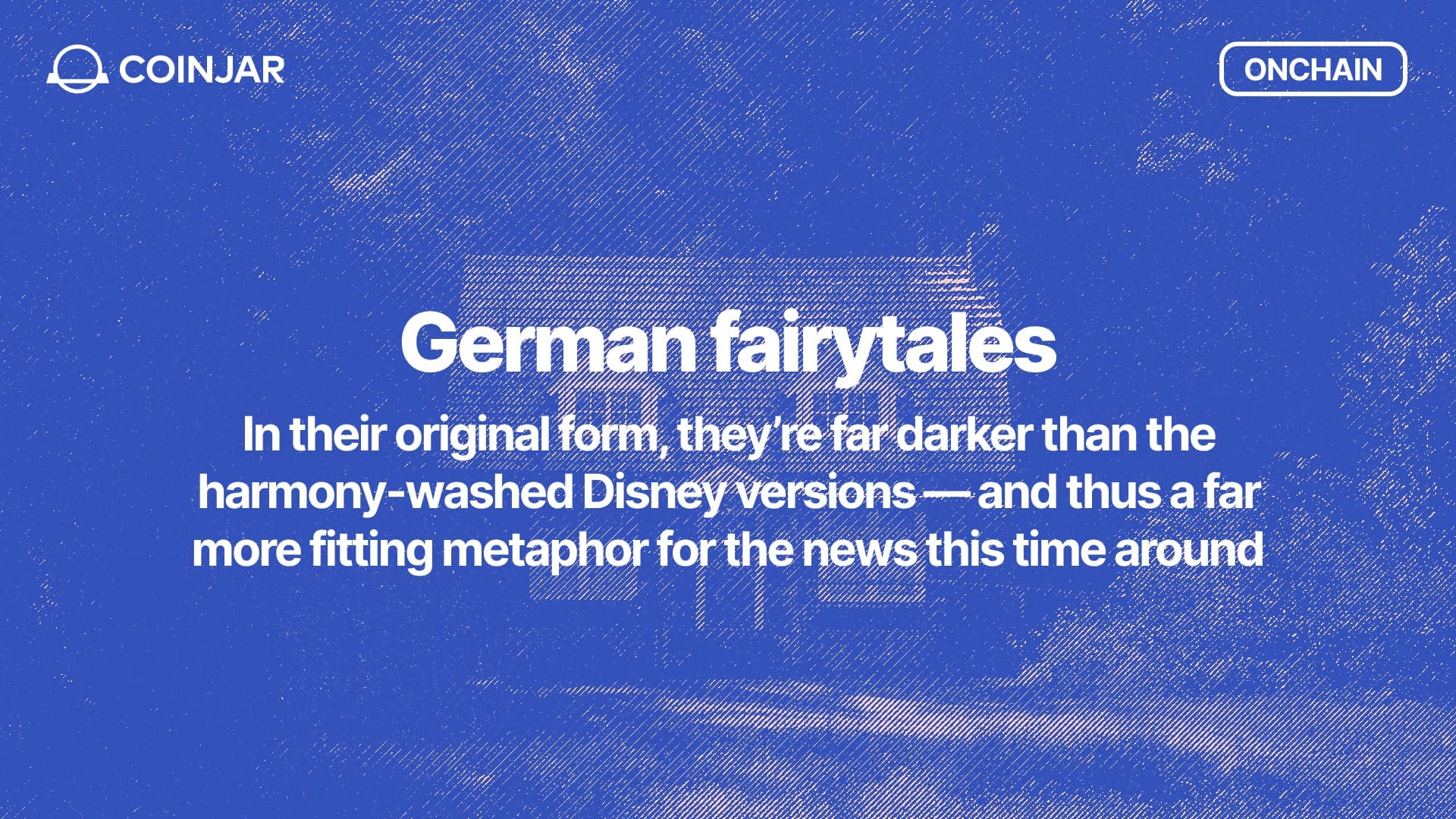Offchain: Lessons from the GFC
July 7, 2022

Crypto firms are collapsing under the weight of bad bets, excess leverage and poor risk management. What can the GFC tell us about what comes next?
The implosion of the LUNA-UST ecosystem in May was the starter’s pistol on a rapid-fire and comprehensive bout of deleveraging that has left the crypto industry in the grips of its worst crisis since… well, ever.
Sure, the 2018 ICO meltdown was a big deal, but crypto’s obscurity at the time meant the collateral damage was comparatively contained. Obviously there was the occasional investor who lost their life savings after betting it all on Dentacoin – putting the dental industry on the blockchain! – but at a basic level everyone knew how risky these gambles were.
The collapse of the CeFi crypto lending industry is challenging precisely because it was built on an image of bank-like security. The crypto economy is volatile, but trust your coins to us and we’ll make sure you earn a nice, reliable 12%. How are we achieving those returns when the basic cash rate is close to zero? Don’t worry about it!
Well, we made our bed and it turns out we made it out of snakes, spiders and a pool of open sewage. The GFC comparisons feel apt, but what can TradFi’s 2008 meltdown tell us about the recovery?

Bailouts are a mixed blessing
In some ways the biggest story of the GFC was the governmental interventions to save distressed banks. (Hell, it’s baked into Bitcoin’s genesis block). Despite these actors being, at best, criminally incompetent, their importance to the financial ecosystem writ large was such that central banks had little choice but to step in and stop them from taking the country into the bin with them.
Right now we’re seeing Binance and FTX playing the part of crypto’s central bank, extending lines of credit, short-term financing and straight up acquisition offers to distressed companies.
During the GFC, survival of the company was prioritised over the customer. As a result, most financial firms brushed off the GFC as if it didn’t happen, baking in some of the worst parts of the status quo. (See hazard, moral). Crypto still has the chance to invert the equation.
The old guard may not survive
The aftermath of the GFC saw a generational reorientation of the economy. As capital markets reset, an opportunity was opened for redistribution to ideas and companies whose time had come: the titans of web 2.0.
Outfits like Binance and Coinbase may appear invulnerable, but their fortunes were built on the bones of crypto 1.0: spot and derivatives trading. At some point the crypto industry will leave behind the casino and start drawing value from actual blockchains and real world use cases. Could a Titanic-grade deck clearing usher in the next wave of crypto behemoths? More to the point: are those behemoths in the room with us right now?
Regulation could save (or stop) us
While the regulation introduced in the wake of the GFC left much to be desired, it at the very least restored confidence and shut down the most obvious path of contagion: undercapitalisation.
Crypto has long seen regulation in a negative light, the responsible adults come to shut down the decade-long party. But it’s now pretty clear something needs to be done to stop the partiers from doing keg stands on top of the patio. Transparency and consumer protections are required.
The risk, as always with regulation, is overreach – producing a chilling effect on innovation and new company formation while simultaneously entrenching established players. What would crypto be without the supernova-esque levels of creative destruction that have taken us this far?
The worst might not be over
In 2008, the S&P 500 dropped 50% before bouncing and stabilising. A few months later it crashed again, making new lows and convincing most people that the next step in the process was a collective reversion to pre-agricultural hunter-gatherer society.
We’ve seen enough boom-bust cycles in crypto that this story is at least vaguely familiar. And given how radioactive the current crypto climate is, going lower is a very real possibility. All we can hope is that the next part of the tale – a 13 year run to the stars – may also be in our future.
Luke from CoinJar
The above article is not to be read as investment, legal or tax advice and takes no account of particular personal or market circumstances; all readers should seek independent investment, legal and tax advice before investing in cryptocurrencies. This article is provided for general information and educational purposes only. No responsibility or liability is accepted for any errors of fact or omission expressed therein. CoinJar, Inc. makes no representation or warranty of any kind, express or implied, regarding the accuracy, validity, reliability, availability, or completeness of any such information. Past performance is not a reliable indicator of future results.
On/Offchain
Your weekly dose of crypto news & opinion.
Join more than 150,000 subscribers to CoinJar's crypto newsletter.
Your information is handled in accordance with CoinJar’s Privacy Policy.
More from CoinJar Blog

CoinJar Announces SKY Token Listing
September 9, 2025SKY token is now available for trading on CoinJar! Here's everything you need to know about the getting your hands on the upgraded DeFi coin.Read more
It’s Here! Say Hello to Dark Mode on CoinJar
September 3, 2025Dark mode has landed at CoinJar! We are here to save your eyes and make late-night crypto trading feel as suave as the dark side of the moon. Read more
Onchain: German fairytales
August 27, 2025In their original form, they’re far darker than the harmony-washed Disney versions — and thus a far more fitting metaphor for the news this time around. Story One Story...Read moreYour information is handled in accordance with CoinJar’s Privacy Policy.
Copyright © 2025 CoinJar, Inc. All rights reserved.
CoinJar, Inc. is a registered Money Services Business with FinCEN and licensed as a money transmitter, NMLS #2492913. For a list of states in which CoinJar, Inc. is licensed or authorized to operate, please visit here. In certain other states, money transmission services are provided by Cross River Bank, Member FDIC.
This site is protected by reCAPTCHA and the Google Privacy Policy and Terms of Service apply.